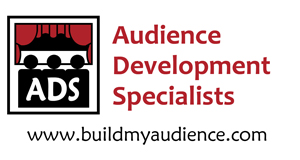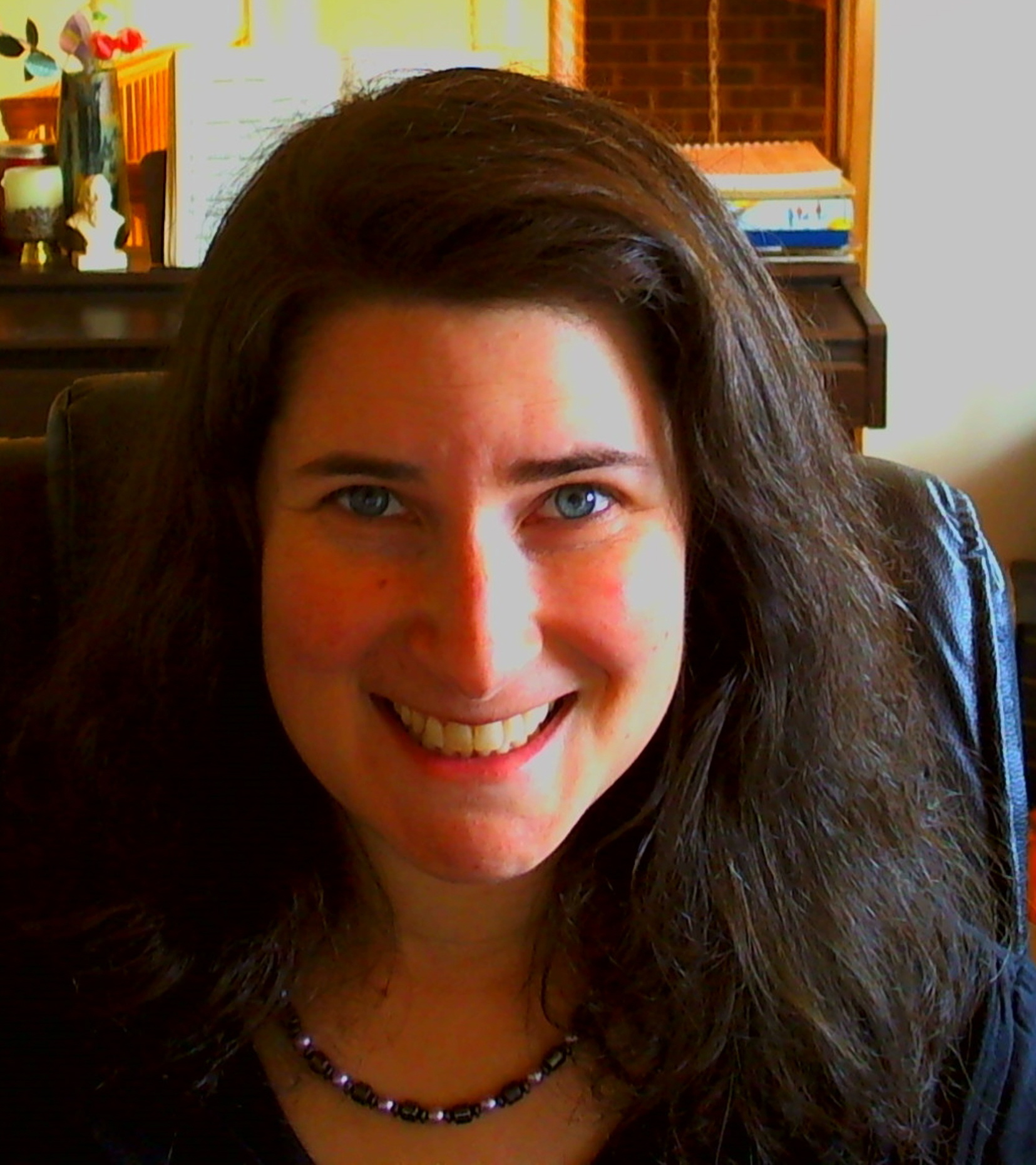It’s Wednesday, which means I have another guest blog post for you. This time, my friend and colleague, Maureen Carruthers, owner of Low Hanging Fruit Communications, chimes in with some comments as to why it isn’t a good idea to market to everyone. If you can honestly say that your art offering is for the general public, maybe you could, but most artists and arts groups create art that attracts particular people. This means your marketing and audience development needs to be particular too. I think you will find Maureen very to the point with a little humor added in. Enjoy!
*****************************************
Stop Marketing to the General Public: Performing Arts Edition
I’m on a mission to remove two words from every marketing plan on the planet– General Public. Here’s why:
The general public isn’t a demographic – it’s just a short-hand term for people we don’t know. Attempting to influence people we don’t know is a good way to spend a lot of energy and a lot of cash for very little reward. Click here to read the rest at Handshake 2.0.
In the linked post I focused on why businesses should avoid the general public (because Handshake 2.0 is a business centered site) but like a lot of for-profit advice, it absolutely, 100% applies to nonprofits. That goes double for performing arts organizations.
I know how great full (paying!) houses feel to both performers and the box office, but targeting “everyone” doesn’t work any better for you than it does for the cafe down the street–for the same three reasons I listed in original post (are you curious enough to go check them out yet?)
As a bonus, here’s one more reason the general public has no place in the marketing plan for arts organizations:
Targeting “everyone” serves no one
Part of the beauty of the nonprofit arts model is it allows a diverse ecosystem of experiences to emerge. There is room for old art forms to be preserved and new ones to be invented. Increasingly, it even means there is room to expand the definition of art itself. It’s a good system. It’s a beautiful place where old, comfortable favorites live side by side with new experiences that stretch the senses and everyone experiences art in the ways that most resonate for them.
At least they do until the members of the ecosystem start to worry about the general public. When that happens, the organizations stop seeing each other as important parts of a healthy system, and start seeing each other as competitors for a very small piece of pie. This competition blinds them to the interests of their actual audience members and leads them on a wild goose chase after the big generic blog known as the general public. The results are not good.
The first thing to go is “difficult” work. The general public will never knock down the door to see Beckett, Brecht, or Bartók.
The work that challenges world-views is next. The general public goes to performances to be entertained. There is nothing entertaining about looking the dark parts of humanity in the eye, and recognizing ourselves in the reflection.
This chase creates a self-fulfilling prophecy. By focusing on the general public, organizations abandon the loyal audiences that know and love them for the chance to woo the faceless hordes–about whom they know nothing. Is it any surprise that they end up losing both?
A single performance–or even organization–will never satisfy the artistic needs of the general public because each member of the public has unique needs–many of which are diametrically opposed to the needs of other members of the public.
The solution? Stop chasing the hordes. Do the work that your organization is called to do. Do it well. Make it easy for your right people to find you. When they get there, treat them like family. Lather, Rinse, Repeat. [:O)]
Maureen Carruthers has over ten years experience working in and around nonprofit organizations, most recently as the Workforce Development Program Manager for the Dayton Tooling and Manufacturing Association, where she managed a robot competition based on the BattleBots Television series. Previously, Maureen managed the Orchestra Forum program for the Institute for Cultural Policy and Practice and served as House Manager for the Delaware Theatre Company. She holds an MFA in Arts Administration from Virginia Tech and a B.S. in Speech Communication and Theatre Arts from the University of Nebraska-Kearney.
*****************************************
Cheers to happy and loyal audiences,
Shoshana
Shoshana Fanizza
Audience Development Specialists
https://www.buildmyaudience.com
“Never treat your audience as customers, always as partners.”
~James Stewart
Join us for our next webinar:
March 16th – Noon ET
Working with Mobile Technology to Develop Your Audience
With the rapid adoption of web-enabled cell phones, smartphones and tablet computers, what options are available to arts professionals who want to engage their audiences via mobile devices? How can artists and organizations implement these options cost effectively without taking focus away from the art?



Shoshana Fanizza, Audience Development Specialists
Co-hosted with David Dombrosky, Chief Marketing Officer, InstantEncore
Co-produced with David Weuste, Rosebrook Classical
To Register: Click Here!
**********************
Although we are not a non-profit, if you would like to support ADS to continue our work, you can donate here.
New eBook! The How of Audience Development for the Arts: Learn the Basics, Create Your Plan







Thx for information.
Thanks for stopping by, Cheryl. Much appreciated!